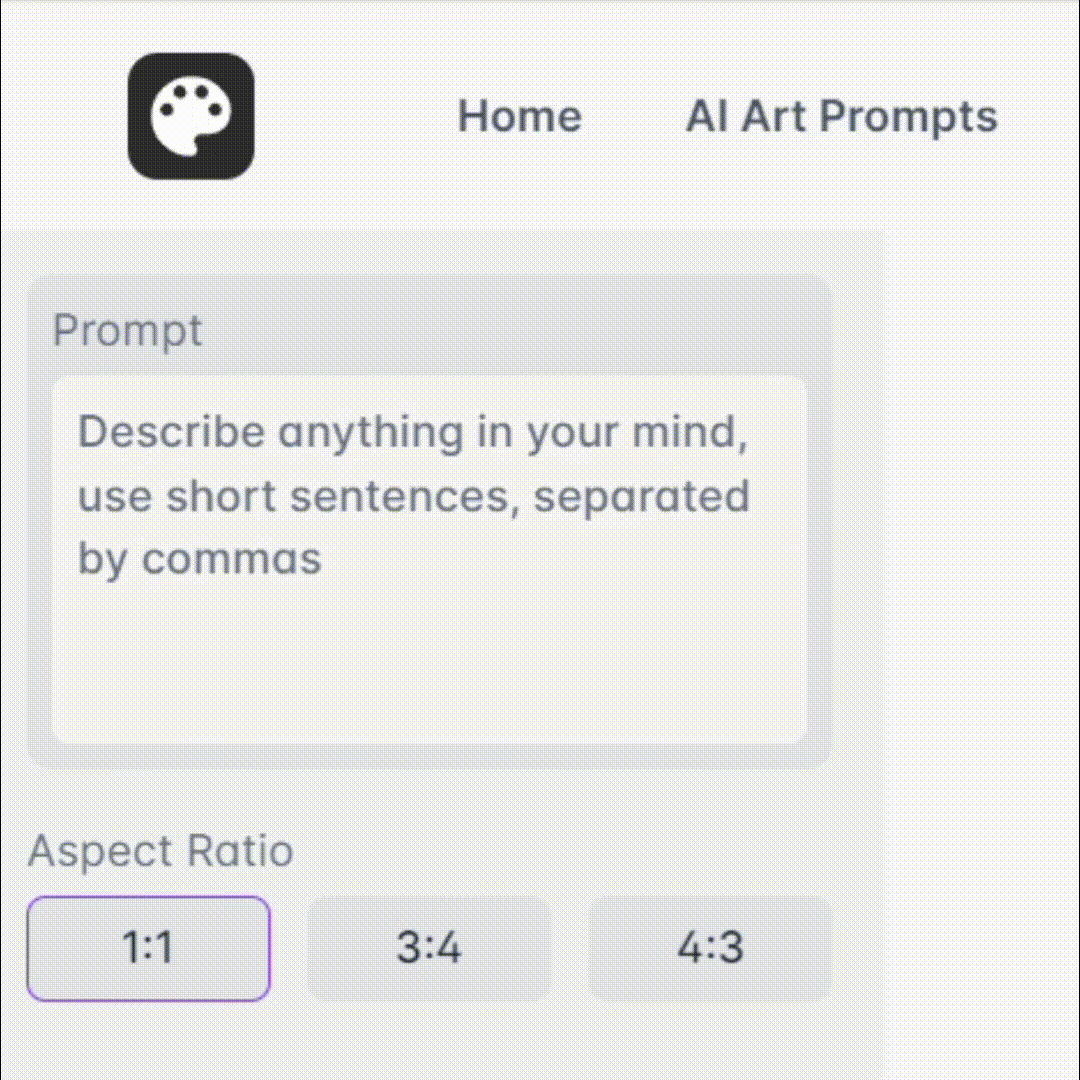
Sphinx Doc Helper - Sphinx Documentation Assistant

Welcome! I'm here to help you with Sphinx documentation and GitLab integration.
Power your docs with AI-driven Sphinx assistance.
How do I set up Sphinx documentation for my GitLab project?
What are the best practices for formatting Sphinx documentation?
Can you provide a code example for integrating Sphinx with GitLab CI/CD?
How can I troubleshoot common issues with Sphinx documentation on GitLab?
Get Embed Code
Overview of Sphinx Doc Helper
Sphinx Doc Helper is a specialized tool designed to assist users in setting up, formatting, and managing documentation projects using Sphinx, with a focus on GitLab integration. This tool is tailored to streamline the documentation workflow, from initial setup to publishing and updating content. It provides guidance on Sphinx syntax, including reStructuredText (reST) formatting, directive usage, and cross-referencing within documents. Furthermore, Sphinx Doc Helper offers best practices for structuring documentation to ensure it is both user-friendly and scalable. Examples of its functionality include helping users configure Sphinx projects to work seamlessly with GitLab CI/CD pipelines for automated building and deploying of documentation, as well as troubleshooting common issues like broken links, missing images, or formatting errors. Powered by ChatGPT-4o。

Core Functions of Sphinx Doc Helper
Guidance on Sphinx Project Setup
Example
Assisting in the creation of a `conf.py` file, essential for defining project configuration, such as themes, extensions, and version control.
Scenario
A user new to Sphinx needs to initialize a documentation project in a GitLab repository. Sphinx Doc Helper provides step-by-step instructions for creating and customizing the `conf.py` file to match their project's needs.
Integration with GitLab CI/CD
Example
Providing templates and configuration guides for `.gitlab-ci.yml`, enabling automated documentation builds and deployments.
Scenario
A developer wants to automate the build process of their documentation each time they push updates to their GitLab repository. Sphinx Doc Helper offers examples of `.gitlab-ci.yml` files specifically tailored for Sphinx documentation projects, ensuring seamless CI/CD integration.
Troubleshooting Common Issues
Example
Offering solutions for resolving broken links, formatting problems, and extension-related errors within Sphinx documentation.
Scenario
A documentation maintainer encounters broken links after restructuring their documentation. Sphinx Doc Helper provides a detailed guide on how to use Sphinx's linkcheck builder to identify and fix these issues efficiently.
Best Practices for Documentation Structure
Example
Advising on the organization of documentation into sections and subsections for better readability and navigation.
Scenario
An organization is planning to overhaul its extensive documentation to improve user accessibility. Sphinx Doc Helper suggests a hierarchical structure, with clear guidelines on how to effectively organize content using Sphinx's toctree directive.
Target User Groups for Sphinx Doc Helper
Developers and Technical Writers
Individuals or teams responsible for creating and maintaining technical documentation will find Sphinx Doc Helper invaluable for ensuring their documentation is up-to-date, accurately formatted, and easily navigable.
Open Source Contributors
Contributors to open source projects that use Sphinx for documentation can leverage Sphinx Doc Helper to quickly understand project standards and contribute effectively, enhancing project documentation quality and consistency.
Educators and Researchers
For those in academic or research settings, Sphinx Doc Helper aids in creating comprehensive, structured documentation for projects, papers, or educational materials, facilitating better knowledge transfer and collaboration.

How to Use Sphinx Doc Helper
Start Without Hassle
Begin by accessing yeschat.ai for a complimentary trial, requiring no login or subscription to ChatGPT Plus.
Prepare Your Environment
Ensure Python is installed on your system and that you have a GitLab account and repository ready for hosting your Sphinx documentation.
Install Sphinx
Use pip to install Sphinx in your environment. Run 'pip install Sphinx' in your terminal or command prompt.
Initialize Your Project
Navigate to your project directory and run 'sphinx-quickstart' to set up the basic structure of your Sphinx documentation.
Customize and Generate
Edit your .rst files to create your documentation content. Use 'make html' to generate the documentation. Integrate with GitLab by pushing the generated HTML files to your repository.
Try other advanced and practical GPTs
Accounting
Empowering Financial Decisions with AI

StepWiseGuide // Simplifying Tasks Step-by-Step
Simplifying Tasks with AI-Powered Steps

Principles of Management
Empowering management excellence with AI

ECOPETROL Visión 2040
Powering Sustainable Energy Futures

Athlete Scout Assistant
Empowering Athletic Dreams with AI

Worst Case
Anticipate challenges with AI-powered insights

Automatic Code Documentation
AI-powered Documentation Generation

Azure Documentation Specialist
Empower your Azure journey with AI-guided insights

Living Word Guide
Empowering faith with AI-driven scripture discovery

Wiebe Craft
Empower Your Words, Engage Your World

Knowledge File & Dataset Builder
Crafting Structured Knowledge with AI

Kid's Shoes
Stylish steps with AI-powered shoe advice.

Frequently Asked Questions about Sphinx Doc Helper
Can Sphinx Doc Helper assist with documentation in languages other than English?
Yes, Sphinx Doc Helper supports multi-language documentation. You can configure your Sphinx project to generate documentation in multiple languages, enhancing accessibility for global teams.
How can I integrate Sphinx documentation into my GitLab CI/CD pipeline?
You can automate the documentation building process by creating a .gitlab-ci.yml file in your repository. This file should define a job that installs Sphinx, builds your documentation, and pushes the output to your GitLab Pages site or another hosting service.
What are the best practices for structuring Sphinx documentation?
Organize your documentation into logical sections and use clear headings. Utilize the toctree directive for navigation, and keep your sentences concise. Regularly update your content to reflect changes in your project.
Can Sphinx Doc Helper generate API documentation from source code?
Yes, Sphinx includes extensions like autodoc that automatically generate documentation from your source code's docstrings, simplifying the process of keeping your API documentation up to date.
How can I customize the look and feel of my Sphinx documentation?
Sphinx allows you to customize your documentation's theme, layout, and styling. You can choose from a variety of built-in themes or create your own using HTML and CSS for a unique documentation experience.






